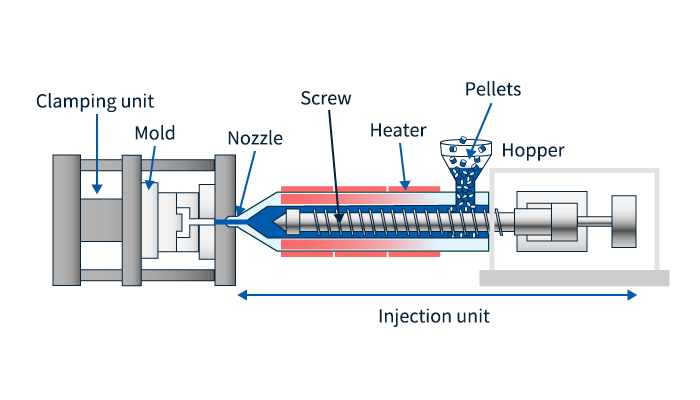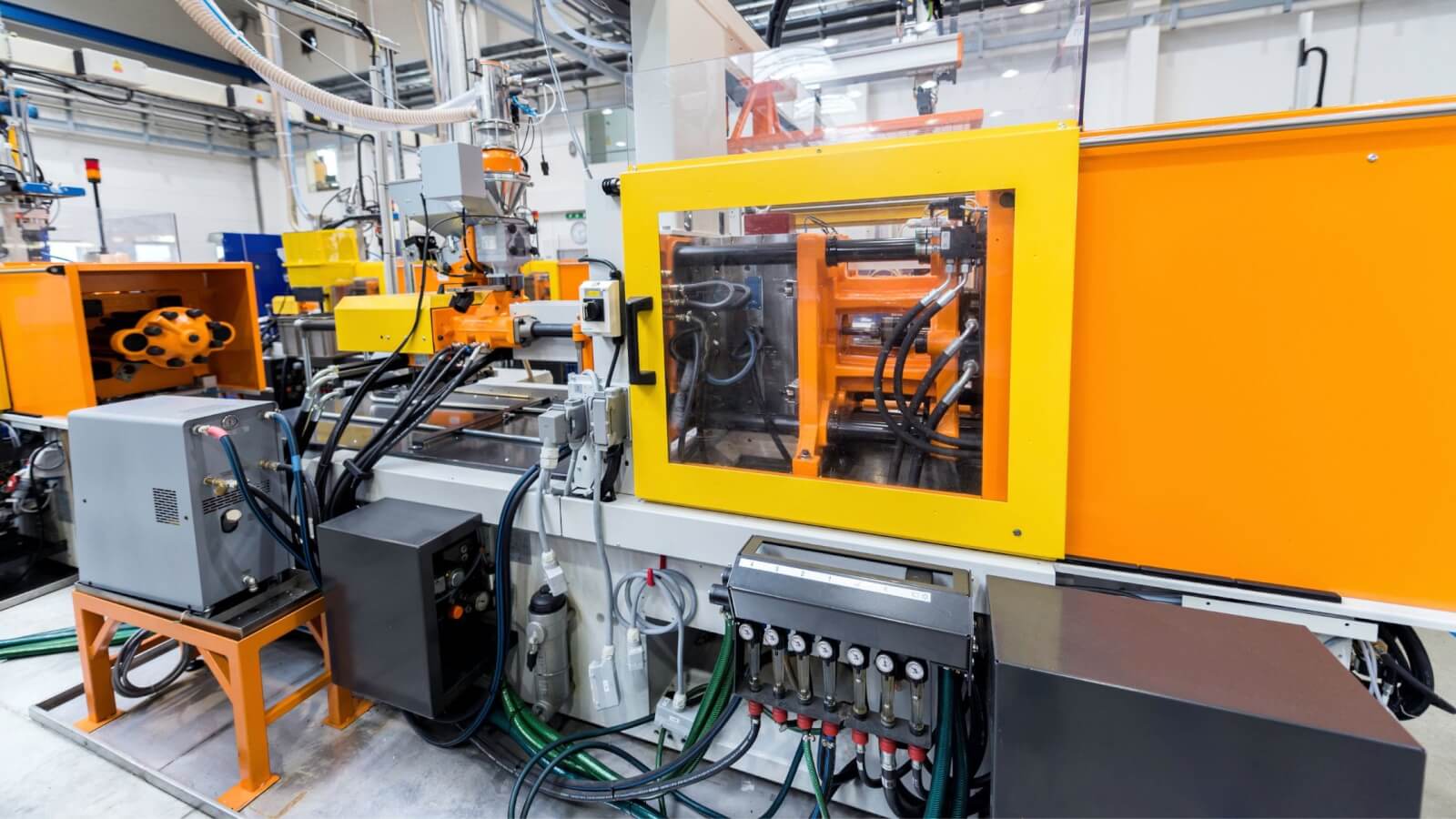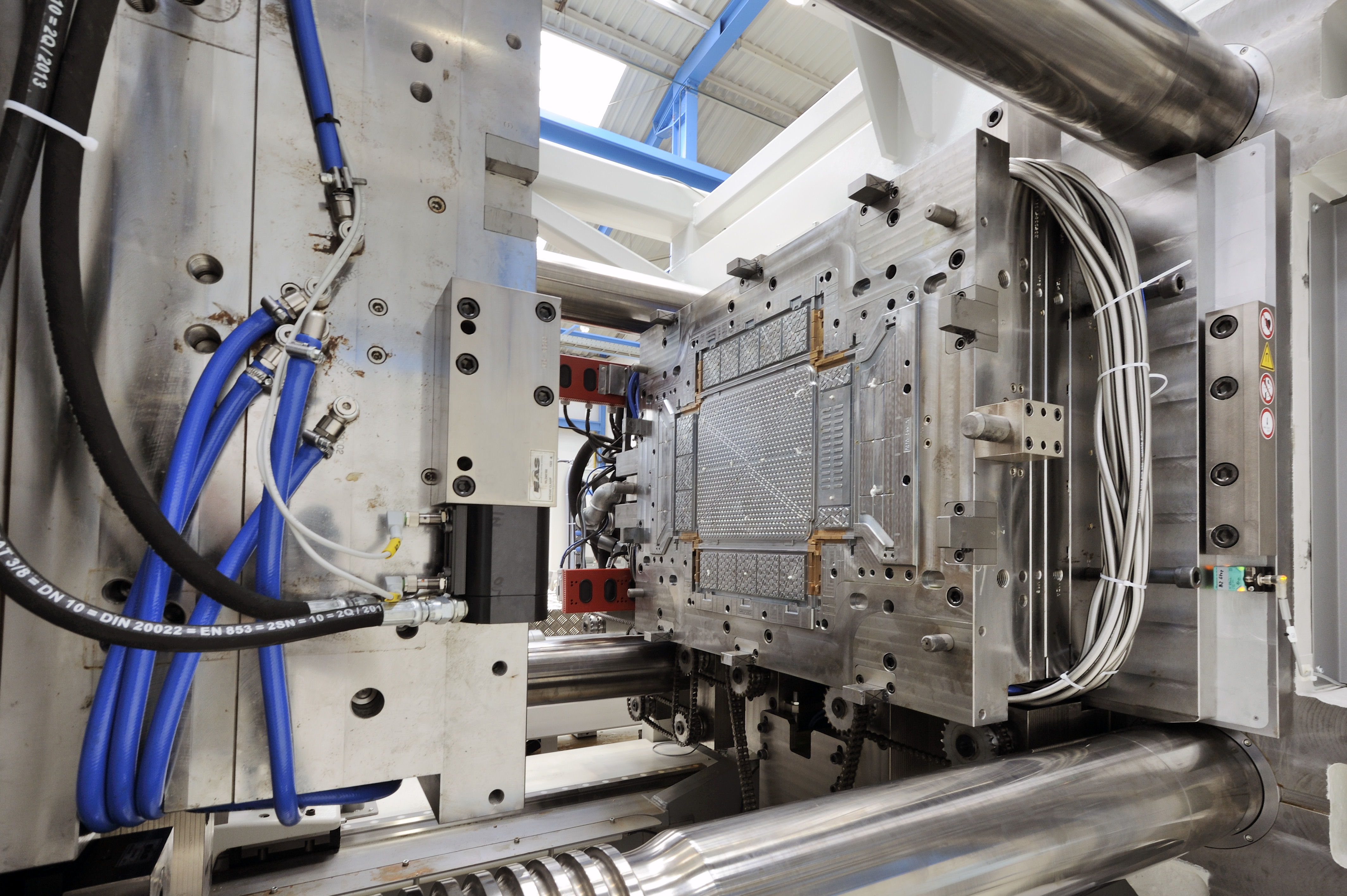Comprehending the Basics of Plastic Shot Molding Processes
Plastic injection molding works as a cornerstone of modern-day production, offering a systematic method to creating complex parts with precision. This process not only incorporates the basic steps of melting and injecting products right into molds however also involves a nuanced understanding of numerous influencing aspects, such as temperature and pressure. As markets increasingly demand performance and high quality, the intricacies of this method come to be extra essential. Exploring these important aspects can expose just how even small changes can bring about considerable improvements in production end results, elevating concerns concerning the capacity for innovation in this well established procedure.
What Is Plastic Injection Molding?
Plastic injection molding is a widely made use of production process that transforms polycarbonate and thermosetting materials into exact and complicated forms. This strategy is favored for its capability to generate high quantities of identical get rid of extraordinary accuracy, making it an essential approach in various industries, consisting of automobile, customer goods, and medical devices.
The process entails melting the selected plastic product and infusing it into a mold and mildew under high pressure. The mold, created to the specifications of the wanted component, permits the molten plastic to form as it cools down and strengthens. When the product has solidified, the mold and mildew is opened up, and the ended up part is expelled.
Plastic shot molding uses a number of benefits, consisting of decreased waste, consistency in production, and the capability to include complex styles that might be testing with various other manufacturing methods. Additionally, it supports a broad series of products, each offering special homes that can be tailored for particular applications. As sectors remain to introduce, plastic shot molding continues to be at the center, making it possible for the advancement of innovative items that meet developing customer demands.
The Injection Molding Process
The shot molding process is an advanced technique that entails numerous key phases to generate high-quality plastic elements. Plastic pellets are fed into a heated barrel where they are melted into a thick fluid. This molten plastic is then infused under high stress right into a precision-engineered mold and mildew, which shapes the product into the preferred type.
When the mold and mildew is filled up, the plastic is permitted to solidify and cool down, taking the shape of the mold and mildew dental caries. Cooling time is essential, as it influences the cycle time and the last properties of the molded component. After sufficient air conditioning, the mold opens up, and the completed element is ejected utilizing ejector pins.

Products Made Use Of in Shot Molding
Numerous products can be utilized in the shot molding procedure, each offering one-of-a-kind buildings that accommodate particular applications. The most typically used materials consist of thermoplastics, thermosetting plastics, and elastomers.

Thermosetting plastics, like epoxy and phenolic materials, undergo a chemical modification during the treating procedure, resulting in a stiff, stringent structure. These products are perfect for applications needing high warm resistance and structural integrity, usually used in automobile components and electric insulators.
Elastomers, consisting of silicone and rubber-based materials, offer versatility and strength. Their distinct buildings make them suitable for applications that demand elasticity, such as gaskets and seals.
Additionally, specialty materials like bio-based plastics and compounds are obtaining grip for their environmental benefits and enhanced efficiency qualities, expanding the extent of injection molding applications in different markets. Comprehending the buildings of these products is crucial for selecting the appropriate type for certain jobs.
Benefits of Shot Molding
Injection molding stands out as a very effective manufacturing process that provides many benefits for creating complicated get rid of precision. One of one of the most considerable benefits is the ability to develop intricate layouts that would certainly be difficult or difficult to accomplish with other techniques (Plastic Injection Molding). The procedure permits comprehensive features and limited resistances, guaranteeing high-quality elements
Additionally, shot molding is recognized for its rapid manufacturing capacities, making it an ideal selection for high-volume production. Once the mold and mildew is developed, components can be produced promptly, minimizing preparations and boosting overall performance. This effectiveness not only decreases production costs however additionally offers a competitive side in the marketplace.
The versatility of products used in shot molding further boosts its appeal. A vast array of thermoplastics and thermosetting polymers can be used, enabling manufacturers to pick materials that finest meet their certain requirements, consisting of strength, flexibility, and warmth resistance.
Additionally, the procedure reduces waste, as excess product can frequently be reused and recycled. This sustainability aspect adds to a lowered environmental effect, making injection molding a responsible manufacturing option. Overall, the advantages of injection molding make it a favored technique for lots of industries.
Variables Influencing Item Quality
While countless elements can affect product high quality in injection molding, comprehending these elements is vital for attaining optimum outcomes. Trick elements consist of product selection, processing criteria, and mold layout.
Product selection plays an essential duty, as different Read Full Report polymers display unique buildings that impact flowability, toughness, and thermal security. Insufficient material selection can result in issues such as bending or insufficient dental filling.
Handling criteria, including cycle, stress, and temperature level time, need to be meticulously managed. Variations in these settings can lead to variances partially measurements and surface coating. For example, exceedingly high temperature levels may trigger degradation of the polymer, while inadequate stress can result in short shots.
Mold design is just as vital, as it establishes the flow of the molten plastic and the cooling process. Poorly created molds may cause irregular cooling here rates, resulting in recurring stresses and dimensional errors.

Conclusion
In verdict, plastic injection molding serves as a critical production process that enables the efficient production of top quality elements. Proficiency of the injection molding process, including the understanding of products and the impact of numerous aspects on item top quality, is vital for attaining optimal results. The advantages of this method, such as cost-effectiveness and design flexibility, additional underscore its relevance across multiple industries, strengthening its status as a recommended selection for high-volume production.
Plastic injection molding serves as a keystone of modern-day manufacturing, providing a methodical technique to creating complex parts with precision.Plastic shot molding uses several benefits, consisting of reduced waste, uniformity in production, and the capacity to integrate intricate designs that might be challenging with various other making approaches (Plastic Injection Molding). As markets proceed to innovate, plastic shot molding remains at the forefront, making it possible for the development of innovative products that fulfill evolving customer demands
The injection molding procedure is a sophisticated strategy that involves a number of crucial phases to create high-quality plastic elements.In final thought, plastic injection molding serves as a critical a fantastic read manufacturing procedure that allows the reliable manufacturing of top quality parts.
Comments on “Plastic Injection Molding: A Comprehensive Overview to Modern Manufacturing Techniques”